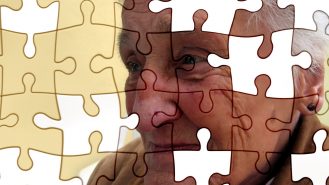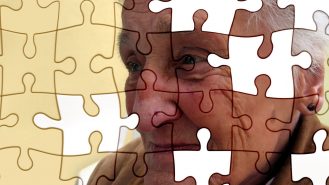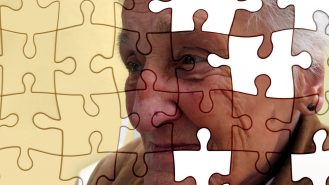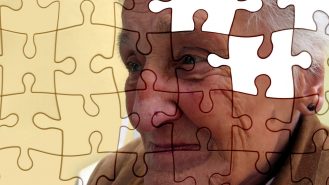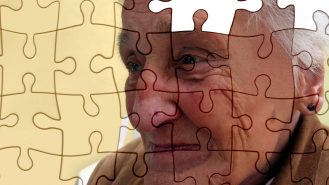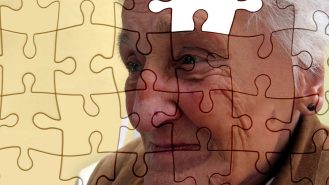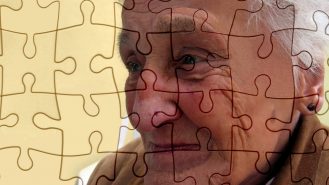Course organiser:Neil Fleming
Presenter:Frieda Looser
9 Apr:
1: 'Motivation and Destination: 'Frieda Looser teaches in the Academic Skills Centre of the University of Canterbury. She has an M.A. (Hons) in History and has tutored and lectured in University courses since 1990. Out of Frieda’s thesis a history of Northwest Christchurch emerged and was published by the Canterbury University Press in 2002.
Frieda’s interest in history is wide-ranging. From 1998 to 2012 she taught numerous evening courses, exploring many aspects of European and Canterbury history. She established her own business, Frieda Looser History Ltd, and teaches evening and Sunday afternoon courses. She has led study tours to Britain, to the Highlands and Scottish Islands, to Normandy and Brittany. Other tours are planned for 2015 and 2016.
16 Apr:
2: 'Jerusalem and the Holy Land: 'A pilgrimage is a journey with a spiritual purpose. Journeying to sacred sites has fulfilled a human spiritual need since ancient times, and still motivates millions of people to this day; Christian pilgrimage, however, made its greatest social impact before the Protestant Reformation of the 16th century.
23 Apr:
3: 'Rome the ‘Eternal City: 'Throughout history people have had various reasons for embarking on a pilgrimage.
30 Apr:
4: 'Santiago de Compostela – the relics of St James: 'In Medieval Europe, who went on pilgrimage and what were their destinations? This lecture series will explore the concept of pilgrimage and four major destinations.
7 May:
5: 'Canterbury Tales: 'A symbol of pilgrimage, the scallop shell, which is associated with St James, is also one of the symbols of Canterbury, New Zealand. In the 19th century, the ‘Canterbury Pilgrims’ made the longest earthly journey to the land their descendants dubbed ‘God’s Own’.
